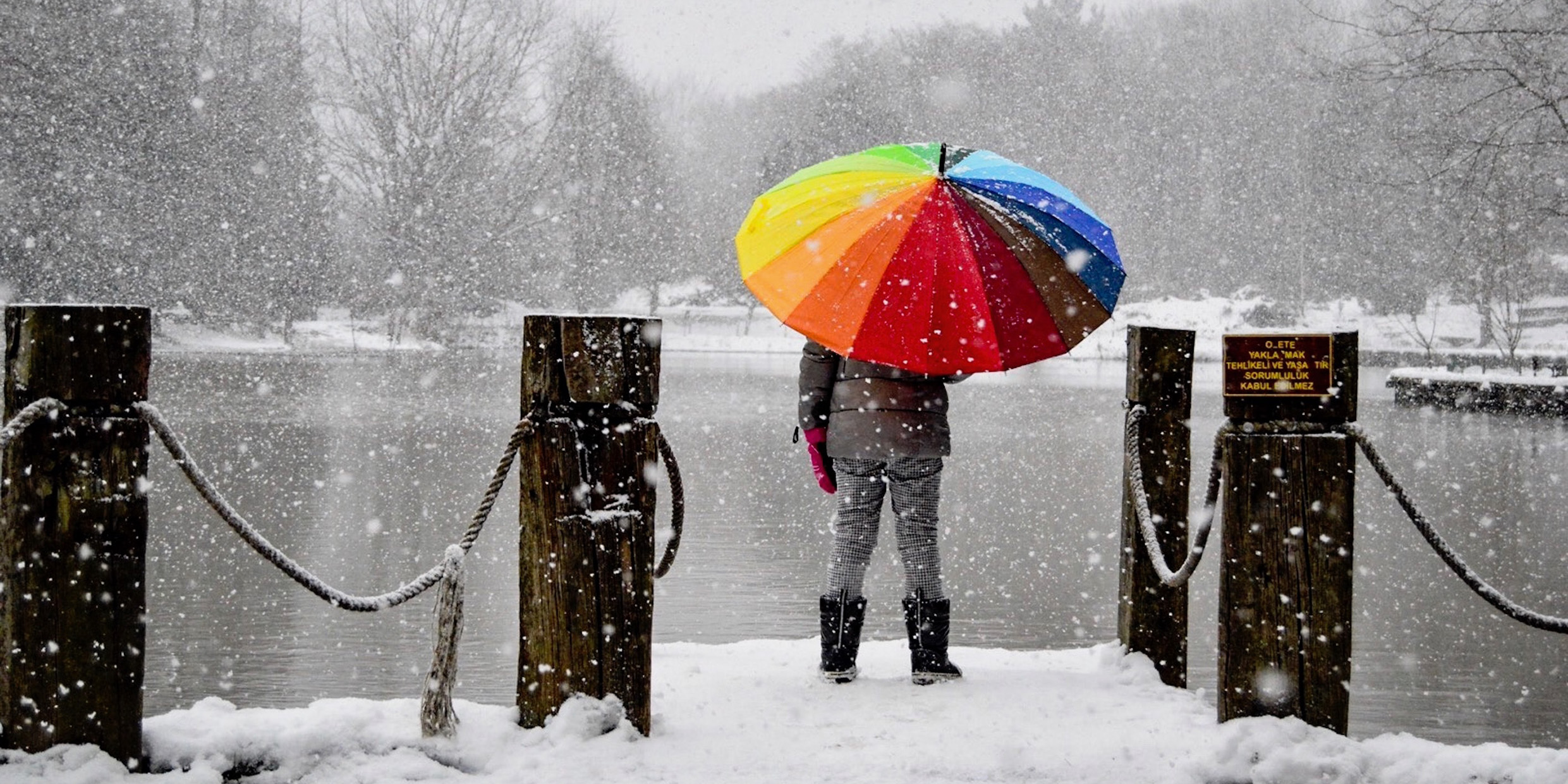Originally published 3 March 1986
Who could have predicted this almost snowless winter? Here it is March and I still haven’t taken my snow shovel out of the basement. I checked the Old Farmers Almanac. I checked the newspapers. As far as I can discover, no forecaster anticipated the remarkable deficit of snow in my part of the New England.
Successfully predicting the weather is a lot like winning at poker: What it takes is partly science, partly art, and partly bluff. At the end of a season, the TV meteorologist cashes in whatever chips he has won and never looks back. But the National Weather Service has a greater burden of public accountability. In 1985, the Service issued a report card on its own success. The report card came upon the 25th anniversary of the first weather satellite and coincided with the installation of a new CYBER 205 supercomputer at the National Meteorological Center near Washington, D.C. And what was the grade? I would say about a C+.
Even after a huge investment in the best technology money can buy, the National Weather Service’s next day predictions are still only 20 or 30 percent better than guesses based on climatological averages. Forecasts for 36 to 48 hours ahead are less successful. Twenty-five years of progress in meteorology have yielded only an 8 percent improvement in overall accuracy for 48 hour forecasts.
The problem is that the atmosphere is an immensely complicated system. Meteorologists understand the principles of atmospheric dynamics well enough, but the business of applying the principles to a continent-wide (or world-wide) weather system remains impossibly demanding.
In spite of past shortcomings, satellites and supercomputers continue to offer the best hope for improving long and middle range weather forecasts.
A job for supercomputer
Since the mid-60s, satellites have provided almost continuous imaging of cloud cover over most of the earth’s surface. Infrared sensors have extended the coverage into the nighttime hours. The most recent satellites are equipped with instruments for monitoring atmospheric temperature, and water vapor, liquid water and ice in the atmosphere. Satellite research concentrates on atmospheric sounding: the remote sensing of physical properties of the atmosphere as a function of height above the surface.
And what becomes of this huge mass of data? Does it end up buried on magnetic tapes? Can it be analyzed fast enough to be of use in forecasting?
Only supercomputers have the ability to process weather data as fast as it is collected. Some of the most powerful computers in the world are currently being used to model weather here and in Europe, gobbling up in the process tens of thousands of observations a day.
New weather models
The new computer models of the Earth’s atmosphere are one of the most sophisticated achievements of contemporary science. Working models of the Earth’s atmosphere have been constructed inside the powerful machines — with winds, and rain, and sunlight, and mountains, and continents, and seas — and day by day the models evolve according to the laws of physics. The weathermen struggle as best they can to make their little electronic worlds match the real one.
All of this is part of a mammoth multinational enterprise aimed at predicting the weather a few days down the line. Satellites soar, antennas beam data, tape drives spin, microchips hum. And will it rain tomorrow? Well, it depends. At this time of the year in this part of the country it has rained 10 percent of the time in the past. So if you figure on a dry day tomorrow the chances are 9 out of 10 that you will be right. And the National Weather Service, with all of its satellites and supercomputers, can do only marginally better.
But the weathermen are trying. If they get a C+ for success, they deserve an A for effort. In some areas of forecasting they have made spectacular progress: Compare New England’s readiness for Hurricane Gloria with the almost complete surprise of the Hurricane of 1938.
I am willing to be patient and give the forecasters the tools they need to try to do better. In the meantime, I’ll keep in mind what the Old Farmer’s Almanac up in Dublin, N.H., has to say: “We believe nothing in the universe occurs haphazardly; there is a cause-and-effect pattern to all phenomena, including weather. It is obvious, however, that neither we nor anyone else has yet gained sufficient insight into the mysteries of the universe to predict weather with anything resembling total accuracy.”
Thirty years later, the increased computational power of today’s supercomputers have resulted in more accurate weather modeling and forecasts. Still, better bring an umbrella, just in case. ‑Ed.



